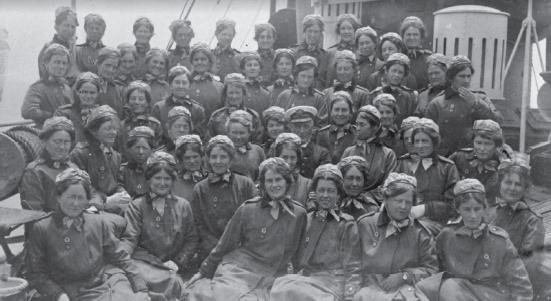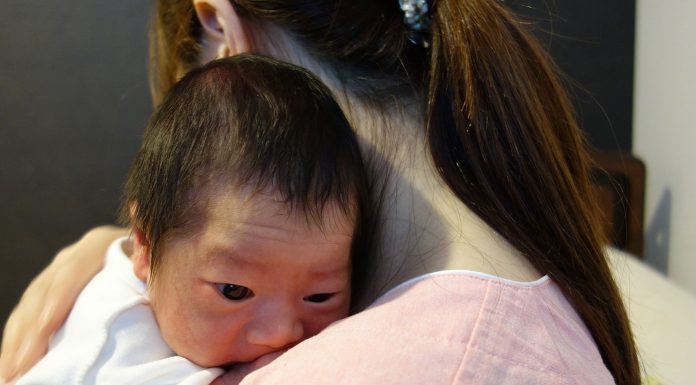It was a cool morning as the troop carrier Marquette steamed into the Gulf of Salonika on 23 October 2015.
The ship had left Port Said, Egypt, a few days earlier with 600 British troops, more than 500 mules, tons of ammunition and the 130-plus members of the No. 1 New Zealand Stationary Hospital on board. The Marquette was expected to dock in its destination, the city of Salonika on Greece’s Aegean coast, by midday after a sunny and calm crossing of the Mediterranean that not even rumours of lifeboat drills, German U-boats, or the Balkan war zone awaiting them could mar.
Around 9am that morning, nurses Mary Grigor and Jeannie Sinclair were walking briskly along the deck with hospital colleague Captain Isaacs. Most of the 36 nursing sisters were below deck – including Fanny Abbott with her stockings off, having a morning wash in her slippers – when the trio saw a “green line” whizzing through the sea.
They wondered aloud whether it was a torpedo just before it struck the Marquette’s starboard, close to the bow. The ship quickly dipped in the bow and started to list heavily to port.
What happened in the next few minutes (some say it took just seven and others up to 15 minutes for the Marquette to sink) is not without controversy. Some contemporary media reports were later criticised by surviving nurses for exaggerating their bravery and condemned by some army officers for calling into question their gallantry (see controversy box ).
”Bungled” boat lowerings By all accounts, at first the lifeboat drills held people in good stead, with the nurses donning their life belts and dividing into two groups with 18 stoically waiting at the port lifeboat station and 18 at the starboard for the boats to be lowered.
“Everyone was so calm and although men and girls alike were as white as sheets no-one cried or spoke even, except to give orders,” recalled survivor Edith (Poppy) Popplewell.
But then things started to go terribly awry, as reported by Major Wylie of the New Zealand Medical Corp in his official statement.
“Owing, however, to the unfortunate bungling of the lowering of these boats, a series of catastrophes occurred on each side of the vessel.”
On the port side, one boatload of nurses was successfully lowered but “bungling” and the list of the ship saw the second boat swing and fall on the first, killing some of the nurses outright and severely injuring others.
Jeannie Sinclair was on the damaged first boat and was pulled onto the “hopelessly overloaded” second boat, but with the Marquette listing ominously she decided – though a poor swimmer – to risk returning to the water and swimming for shore. She asked a swimming crew member to tow her, which he did. “It was awful going past the ship and seeing a large, gaping hole and all the mules there, and wondering if the vessel would fall on top of us and I would be killed.”
Fanny Abbott, in her slippers, was on the second boat that crashed onto the first and her response was to spring into the water. “I always thought I could not swim, but somehow or other I got away from the ship, although the suction of the ship was so great I thought the propeller would hit me.”
On the starboard side, the first lifeboat tipped during launching, spilling many into the sea. Those who clung on had to eventually abandon the boat because of the huge hole in its side.
One of those was Mary Grigor, whose right arm had been crushed between the boat and ship and who then joined others ducking for their lives as the ship sank “with a fearful noise”.
Just as the ship was on the brink of sinking, four nurses were still on the Marquette’s deck (see controversy story). One of those four, Mabel Wright, watched Marion Brown and Isabel Clark walk a few feet down the gangway, take hold of each other’s hands and jump into the water. Neither survived. Wright and Ina Coster had been helping two sick orderlies onto the gangway and missed their own chance of getting off the sinking Marquette. They were sucked down with the ship but surfaced and both were rescued – Wright was found later to have a fracture to the base of her skull.
Bravery and self-sacrifice By all accounts the scene was one of hellish chaos over several hours as the exhausted, injured and chilled nurses – along with hundreds of British soldiers, crew, orderlies and medics – swam and clung to makeshift rafts, boards, lifebuoys and the few waterlogged lifeboats that were already crammed and prone to ‘turning turtle’. There are tales of self-sacrifice by crew, soldiers, orderlies, officers and nurses alike to save nurses, who were hampered by their long skirts, alongside tough calls not to take any more survivors onto already overloaded rafts or boats.
Nona Hildyard, one of those injured by the falling boat, sang “It’s a Long Way to Tipperary” and other popular songs of the day to keep spirits up until she suffered heart failure and died. Another nurse, Mary Gorman, whose legs had been crushed during the bungled lifeboat lowering, gave away her lifebelt, knowing she had no chance of survival.
Mary Grigor says she swam “sick and sore”, nursing her crushed arm, until a crew member came alongside with a board, to which she clung for some time. She and her rescuer made their way to a submerged boat that continually ‘turned turtle’.
“My rescuer died soon after this from cramp or exhaustion,” she wrote later.
Mary Rae arrived soon after on the lifebuoy of “one of our New Zealand boys” and asked to come aboard the ‘turtle’.
“She held out for a while, but soon after showed signs of exhaustion and died. I wondered if I should be the next,” recalled Grigor.
“Men died on all sides. Some lost their reason and went away from us all.”
Jeannie Sinclair thanked a London lad called Joseph for saving her life as the pair floated clinging to a makeshift raft of boards and buoys and he supported her to rest as she got tired.
Poppy Popplewell described being sucked down as the boat sank as a “fearful experience”, feeling like she had touched the bottom of the sea.






















